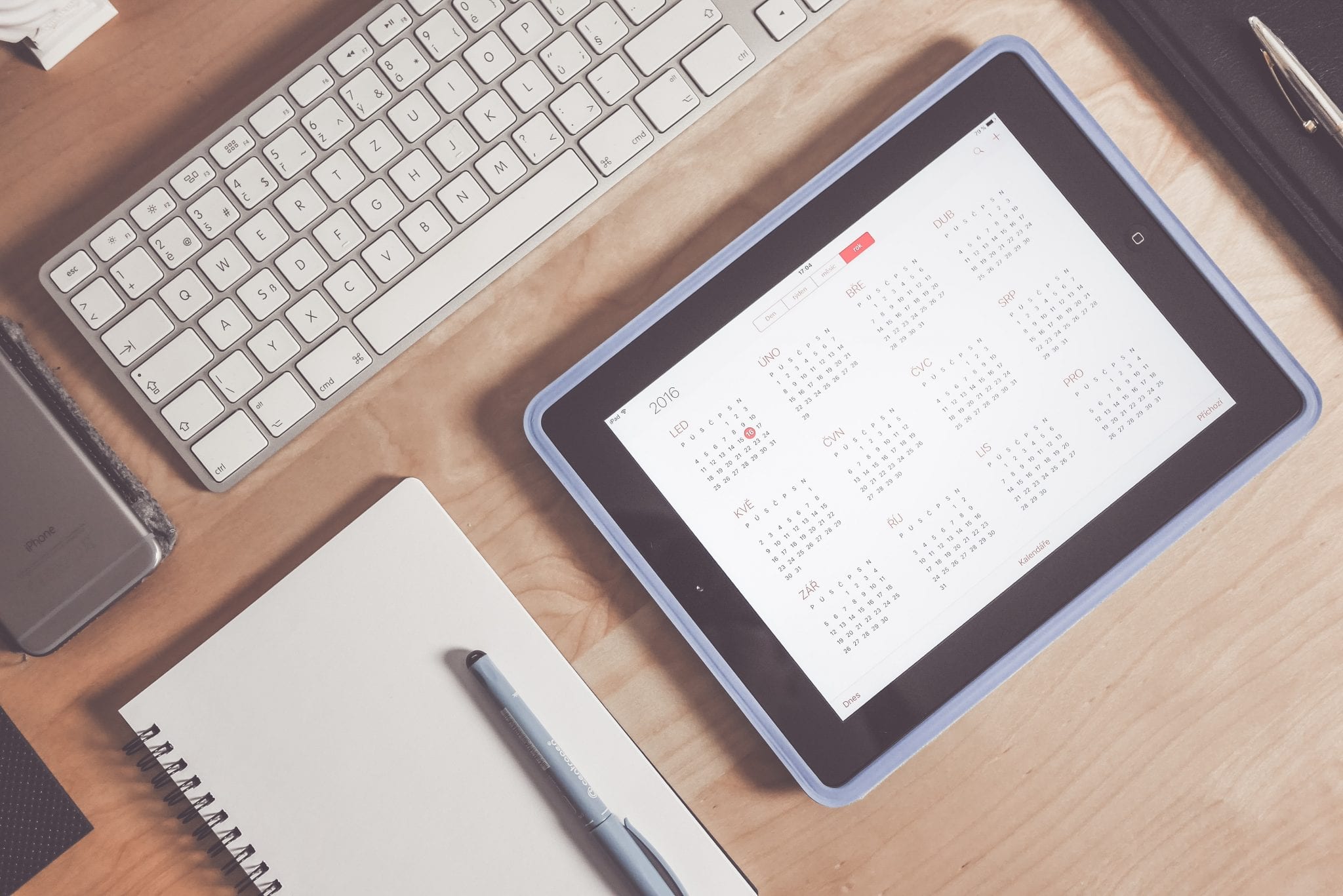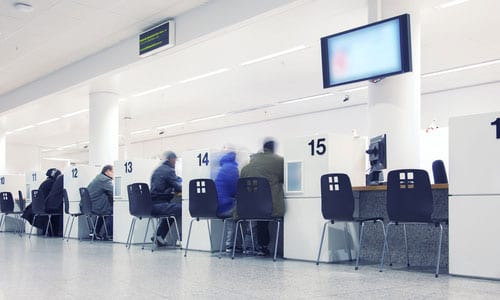
There are some industries that have the appointment process down to a science. Healthcare providers and hairdressers are incredibly efficient at getting customers in and out. Others, however, have yet to tap into the benefits of appointment software.
Just about every industry conducts customer service. Even product companies need to set up troubleshooting and feedback sessions with users. Here are a few others that should embrace appointment software:
1. Education
Great teachers maintain office hours in case students, parents, or colleagues stop by with a question. The trouble is, these hours tend toward one of two extremes: either nobody shows up, or there’s a crowd waiting their turn.
Appointment software can solve both issues. Teachers can even out the flow by encouraging people to book appointments. And if nobody has booked a slot, they can spend their office hours preparing for their next lesson.
2. Car Dealers and Mechanics
Many car dealers continue to do it the old fashioned way: waiting for potential buyers to walk onto the lot. Appointment software can help them make more sales with less stress. Car shoppers expect their salesperson’s full and undivided attention.
Garages and mechanics can also use online appointment software to help their customers, whether they work for a dealership or out of their home. Customers need their cars to get around; asking them to book an appointment ensures they are without their wheels for only as long as is necessary.
3. Fitness Trainers
With the new year still fresh, fitness trainers have their hands full. Organizing workouts for multiple clients can be a balancing act, especially now with COVID-19 restricting building occupancy. Online appointment software can help trainers focus on the gym instead of their calendar.
Despite their best intentions, customers skip workouts. Online appointment software lets customers cancel or change their appointments at will. When that happens, trainers using booking software can readjust their schedule to squeeze in more clients.
4. Entertainers
No one is as excited for the COVID-19 pandemic to end as entertainers. Musicians, DJs, comedians, and more are anxious for public gatherings to resume. Until then, many are booking housecalls. Appointment software ensures they don’t double-book themselves or leave too little time between sessions.
Once the pandemic recedes, entertainers will use booking software to communicate with event planners. Entertainers need to stay in touch with venues before and up to each event.
5. Mobile Services
Mobile services are increasingly popular, meaning they need tools like appointment software. The more organized they are, the more timely and productive they’ll be.
Handymen, lawn care professionals, house cleaners, and more can use online software to organize their schedules and share their availability to customers. Every time they finish a job, they can check to see if gaps in their schedule have been filled with last-minute appointments. More availability means more appointments, which means more revenue.
6. Child Care
Babysitters and nannies have to work around the schedules of their client families. Online appointment software makes it easy to accommodate changing routines. If a family needs to change their plans, it can be done in just a few clicks.
Many sitters are teenagers and students who have busy schedules. They can use online appointment software to juggle school commitments alongside their sitting work. Now if only they’d treat their homework with the same seriousness they do their clients.
7. Recreation Centers
Only so many people can use the racquetball court or fit in a lap pool at once. To make sure everyone gets their fair share, recreation centers can use online appointment software. Making bookings public knowledge can help gym goers know when courts are in use and when they’re available for reservation.
This software will be particularly valuable as fitness facilities navigate COVID-19. Appointment software can help ensure that occupancy doesn’t exceed safe limits, allowing centers to stay open while keeping everyone safe. Facilities can even reserve a time slot designated specifically for cleaning.
8. Real Estate
Some real estate agents work full time, while to others, it’s a side gig. Either way, most of their success comes from showing homes on the market to prospective buyers.
Most showings are by appointment only. Agents can use software to book tours, schedule open houses, and give a heads up to occupants who may need to vacate the area for the showing. Not only does it make managing their own schedule easier, but it gives a positive impression to clients and potential buyers.
Is your industry in need of an appointment overhaul? Don’t shy away from software. There’s a reason your doctor and dentist insist you book online.








